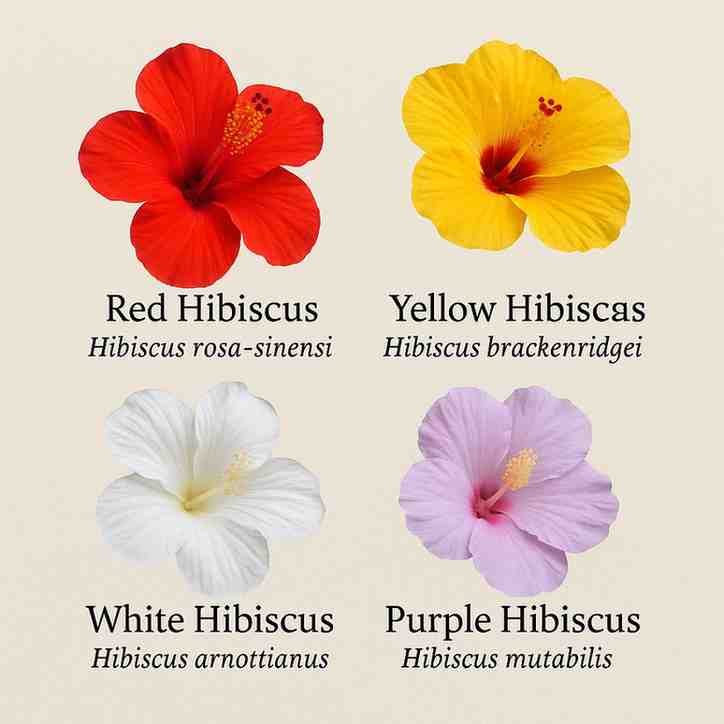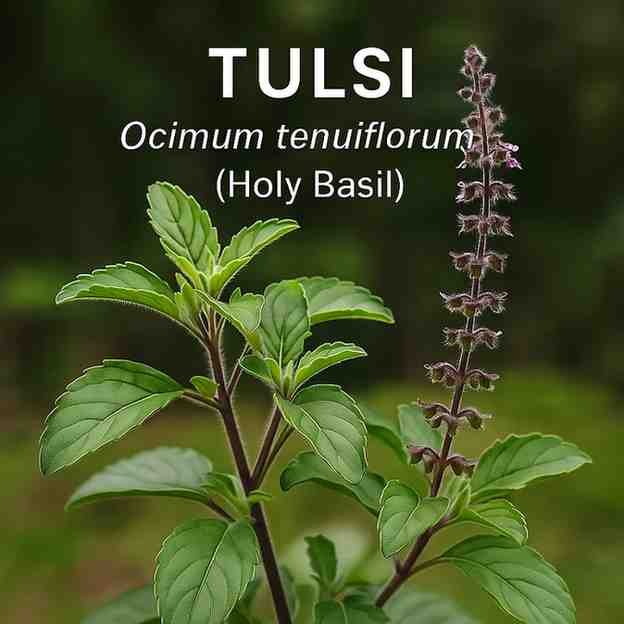What is the scientific name for a pine tree? The pine tree scientific name is Pinus (genus).
Pine trees are among the most popular evergreen trees, known for their needle-like leaves, conical shape, and longevity. Known in the Latin scientific terminology as Pinus, this species is essential to the ecosystem, beautification work, and industry. With over 120 known species of the genus Pinus, pine trees are widely distributed in forests, mountains, and coastal regions across the Northern Hemisphere. In this guide, we’ll discuss the scientific name for the pine tree, pronunciation, classification, types, uses, and some interesting facts—all in a very real and accurate way.
Table of Contents
What Is the Scientific Name for a Pine Tree?
The Latin name of a pine tree is Pinus.
This name is generic for the entire genus, which includes more than 120 species of pine trees. In scientific usage, you may find:
- Botanical Name: Pinus spp.
- Biological Name: Pinus (Genus)
Botanists around the world use this name to refer to different species of pine trees under one classification.
How to Pronounce the Pine Tree Scientific Name
- Pinus is pronounced: /ˈpaɪ.nəs/
- Spoken as English: “PIE-nus”
Simply pronounced as “PIE-nus,” with emphasis on the first syllable.
Meaning of the Scientific Name Pinus
The term Pinus is derived from the Latin word for “pine tree.” The term has been used in scientific classification since the 1700s, and it remains the standard botanical name today.
Symbolically, pine trees stand for longevity, fortitude, and eternal life, as suggested by their evergreen nature and long lifespan.
Biological Classification of Pine Tree 🎄
| Taxonomic Rank | Classification |
|---|---|
| Kingdom | Plantae |
| Division | Pinophyta |
| Class | Pinopsida |
| Order | Pinales |
| Family | Pinaceae |
| Genus | Pinus |
This category indicates that pine trees are gymnosperms- seed-producing plants that do not bear flowers or fruits.
Genus of Pine Tree (Pinus)
All pine trees belong to the genus or family of Pinaceae, which also includes firs, spruces, and larches.
There are two major subgenera of pines:
- Hard Pines: (Pinus subgenus Pinus)
- Soft Pines: (Pinus subgenus Strobus)
The scientific name of each species under the genus Pinus is based on the region and characteristics.
Native Habitat and Distribution of Pine Trees
Pine trees are native to the Northern Hemisphere and are found in:
- North America:
- United States (e.g., Eastern White Pine, Ponderosa Pine)
- Canada (e.g., Jack Pine, Lodgepole Pine)
- Mexico (e.g., Montezuma Pine, Mexican White Pine)
- Europe:
- Spain (e.g., Aleppo Pine, Maritime Pine)
- France (e.g., Scots Pine, Maritime Pine)
- Germany (e.g., Scots Pine)
- Sweden (e.g., Scots Pine)
- Russia (European side – Scots Pine)
- Asia:
- China (e.g., Chinese White Pine, Korean Pine)
- Japan (e.g., Japanese Black Pine, Japanese Red Pine)
- India (e.g., Chir Pine, Blue Pine)
- Nepal (e.g., Himalayan Pine)
- Pakistan (e.g., Chilghoza Pine)
- Cold Mountain Regions:
- Rocky Mountains (USA, Canada)
- Himalayas (India, Nepal, Pakistan)
- Alps (France, Switzerland, Italy)
- Carpathians (Romania, Slovakia)
- Altai Mountains (Russia, Mongolia)
- Coastal Areas:
- California Coast (USA)
- Mediterranean Coast (Spain, France, Italy)
- Japanese Coastline (Japan)
- Eastern Chinese Seaboard (China)
- Australian Coast (Norfolk Island Pine)
Pines thrive in temperate climates, sandy soils, and at altitudes up to 4,000 meters.
Pine Tree Names in Different Countries
| Country | Common Pine Tree Name(s) |
|---|---|
| 🇺🇸 United States | Eastern White Pine, Ponderosa Pine, Loblolly Pine |
| 🇨🇦 Canada | Jack Pine, Red Pine, Eastern White Pine |
| 🇲🇽 Mexico | Mexican White Pine, Montezuma Pine |
| 🇪🇸 Spain | Maritime Pine, Aleppo Pine |
| 🇫🇷 France | Maritime Pine, Scots Pine |
| 🇮🇹 Italy | Stone Pine (Italian Pine), Aleppo Pine |
| 🇷🇺 Russia | Siberian Pine, Scots Pine |
| 🇯🇵 Japan | Japanese Black Pine, Japanese Red Pine |
| 🇮🇳 India | Chir Pine, Blue Pine |
| 🇨🇳 China | Chinese White Pine, Korean Pine |
Pine Tree Size and Growth

- Height: 10 feet (3 m) to 200 feet (60 m)
- Trunk diameter: 4–5 feet (1.5 m)
- Lifespan: Some live over 1,000 years (e.g., bristlecone pine)
- Growth rate: Varies by species – some grow quickly, some slowly
Types of Pine Trees With Latin Names
| Common Name | Scientific Name |
|---|---|
| Eastern White Pine | Pinus strobus |
| Scots Pine | Pinus sylvestris |
| Ponderosa Pine | Pinus ponderosa |
| Loblolly Pine | Pinus taeda |
| Longleaf Pine | Pinus palustris |
| Sugar Pine | Pinus lambertiana |
| Bristlecone Pine | Pinus longaeva |
Each of them has unique characteristics – from needle size and conical shape to height and habitat. Here are four common types of pine trees.
1. Eastern White Pine (Pinus strobus)
Soft, flexible needles and a long, straight trunk are the characteristics of the Eastern White Pine. This tree is native to eastern North America, can grow to over 150 feet tall, and was historically valued for its height and strength for use as masts for seagoing ships and wood. It grows well in cool climates with well-drained soil.
2. Scots Pine: (Pinus sylvestris)
The Scots pine tree is extremely hardy and adaptable. It can survive in almost any climate. It is the only species of pine commonly found in northern Europe. It has reddish-orange bark and an open canopy. It is also grown in woodlands and has been reported to do well on poor soils and in annual Christmas tree farms.
3. Ponderosa Pine (Pinus ponderosa)
Ponderosa Pine is a large tree native to western North America, and has a tall, thick trunk and a sweet vanilla or butterscotch scent that can be found in its orange-brown bark. A key species in mountain forests in the Rockies and Sierra Nevada, it is very drought-tolerant.
4. Loblolly Pine (Pinus taeda)
What a beautiful plant that grows in the southeastern United States. Often, the loblolly pine is quickly planted for lumber and pulpwood production. Wonderful in hot, humid conditions and where the soil is moist, this tree sometimes populates entire counties with dense, Caribbean-type pine forests throughout the South.
Uses of Pine Tree (Wood, Resin, Edible)
Pine trees are of tremendous importance for the economy and ecology.
1. Timber and Wood Products
- Pine wood is light, easily workable, and cheap
- Widely used for the manufacture of furniture, flooring, cabinet work, and framing
2. Resin and Pine Oil
The pine tree oil is used for:
- Varnishes
- Paints
- Soaps
- Medicinal balms (like turpentine)
3. Edible Parts
- Some species yield pine nuts that are a good source of protein and fatty acids
- Historical uses of making tea from pine needles for remedies rich in Vitamin C
4. Landscaping and Reforestation
- Good for stabilizing the soil of hilly areas
- Mostly planted in national parks, gardens, and windbreaks
Interesting Facts about Pine Trees
- Evergreen nature: Pine trees keep their leaves (needles) year-round.
- Oldest Trees: Bristlecone Pine Can Survive Longer Than 5,000 Years
- Edible Seeds: Pine nuts (also called pinon or pinyon) are a delicacy
- Air Purifier: Pine Trees Release Phytoncides in the Air
- Cones Are Reproductive Organs: Male Cones Produce Pollen; Female Cones Hold Seeds.
Conclusion
Pinus is the scientific name for the pine trees, which are one of the most striking and useful trees throughout the world. From a scientific perspective, the tree’s various species, uses, and ecological benefits make it an essential part of both Earth and human life. In terms of forestry, biology, or just plain looking at trees around you, knowing the scientific name for a pine tree opens up a world of knowledge about plant life and natural ecosystems.
Also Read:
Scientific Names of Common Plants: Flowers, Herbs, and Trees
Frequently Asked Questions
What is the scientific name for the pine tree?
The scientific name for a pine tree is Pinus (genus)
What is the family and genus of a pine tree?
All pine trees belong to the genus Pinus under the family Pinaceae.
What type of plant is a pine tree?
A pine tree is a coniferous, gymnosperm, and evergreen tree.
Is pine tree wood softwood?
Yes, pine is considered a softwood despite its hardness.
How long do pine trees live?
Most species live 100–500 years, but some (like bristlecone pine) live for over 5,000 years.


I need to to thank you for this great read!!
I absolutely enjoyed every little bit of it. I have you bookmarked
to look at new things you post…